
Using DNA microarray technology, gene products (the set of mRNA molecules) present in a given cell at a given time can be analyzed in a single step and the overall gene function pattern can be determined. Functional changes in cells occurring as a result of e.g. drug treatment or pathological processes can be traced, new biochemical pathways can be explored, the mechanisms of action of drugs can be analyzed, genes responsible for physiologically different conditions (e.g. disease) can be discovered, industrial processes can be optimized. This technology is suitable for monitoring gene expression changes, analyzing miRNA and methylation patterns. Our laboratory has optimized and uses the Agilent hybridization system, the Agilent confocal laser scanner and the data processing software (Feature Extraction, GeneSpring). In addition to the company's catalog arrays, the system can also be used with self-design custom arrays performing 2, 4 or even 8 hybridizations at a time on a single slide.
The real-time PCR technique allows the relative and absolute quantitation (using calibration curve) of nucleic acids. Suitable for gene expression analysis, copy number determination, validation of DNA microarray, RNAseq, next generation (NGS) sequencing results, and detection of SNPs. The method is based on the PCR technique, after each synthesis step, the system detects the fluorescence intensity of double-stranded DNA-binding fluorescent dye (SybrGreen method) and the bound labeled hybridization probe (TaqMan probe). This fluorescence intensity is proportional to the amount of DNA present in the reaction mixture, making this method suitable for determining the amounts of starting DNA. Our laboratory operates the Corbett Research RotorGene 3000 real-time PCR machine which allows the analysis of 36 and 72 samples at a time in a 20ul of reaction mixture. One of the most important steps in successful quantification is the careful design of the primers and probes, and the proper interpretation of the data. We undertake the design and implementation of all experimental steps from primer and probe design to data evaluation on a collaborative basis.
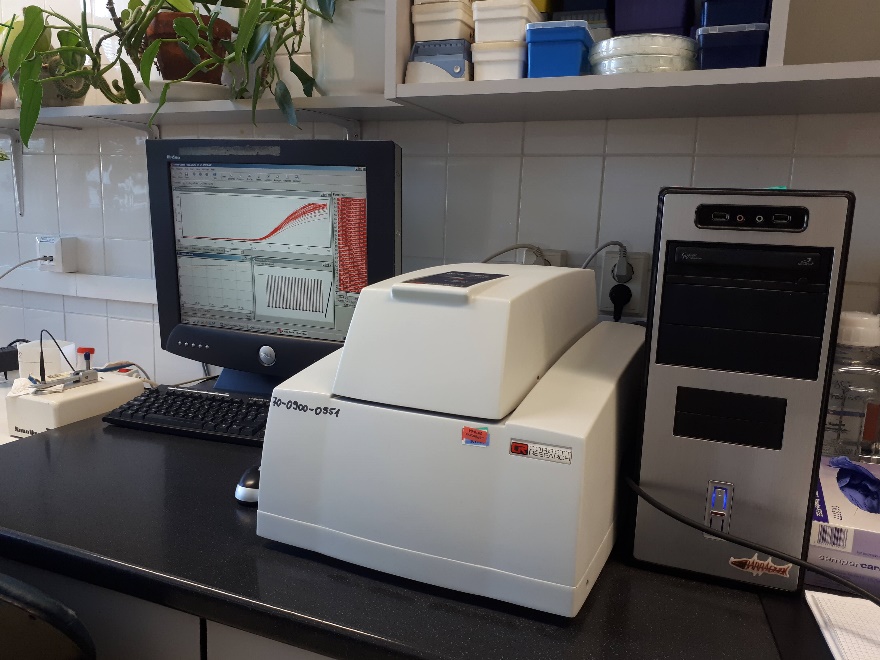
Digital PCR is a PCR-based technology that allows the absolute quantification of very small amounts of nucleic acid with high accuracy without calibration curve, in contrast to the relative quantification of QPCR. After partitioning the starting reaction mixture to about twenty thousand of 1nl droplets, the absolute number of DNA molecules in the reaction mixture can be determined after appropriate Poisson correction and statistics. The method is extremely sensitive, so it is suitable for single-cell genomic work, copy number determination, detection of rare sequences and mutations in basic and clinical research, biomarker and diagnostic research (circulating cell-free nucleic acids, cfRNA, miRNA). In our laboratory, we use the BioRad's QX200 Droplet Digital System with all the necessary hardware and software background.
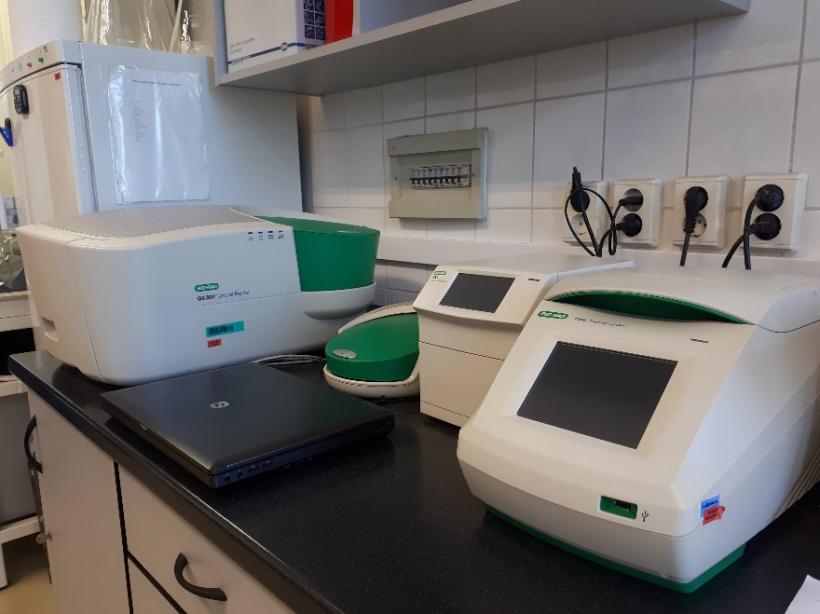
RNAscope technology is a revolutionary in situ hybridization method for the intracellular detection of specific RNA molecules. It is characterized by extreme specificity and sensitivity due to its special probe design. The lower portion of the Z-shaped probes is specific for the target sequence, which is linked to the upper tail sequence by a linker. Two closely spaced Z probes together form a sequence part to which a fluorescent dye is attached via a signal multiplication system. The outstanding specificity is given by the fact that only two side-by-side hybridizing probes can give a fluorescent signal. The method works on both fresh-frozen, fixed-frozen, and paraffin-embedded samples. It is possible to use up to 12 probes simultaneously, so that the expression of 12 genes can be detected in single section at a given moment. This method is excellent for validating and supplementing other quantitative methods. In our laboratory, we use the ACDBio RNAscope system.
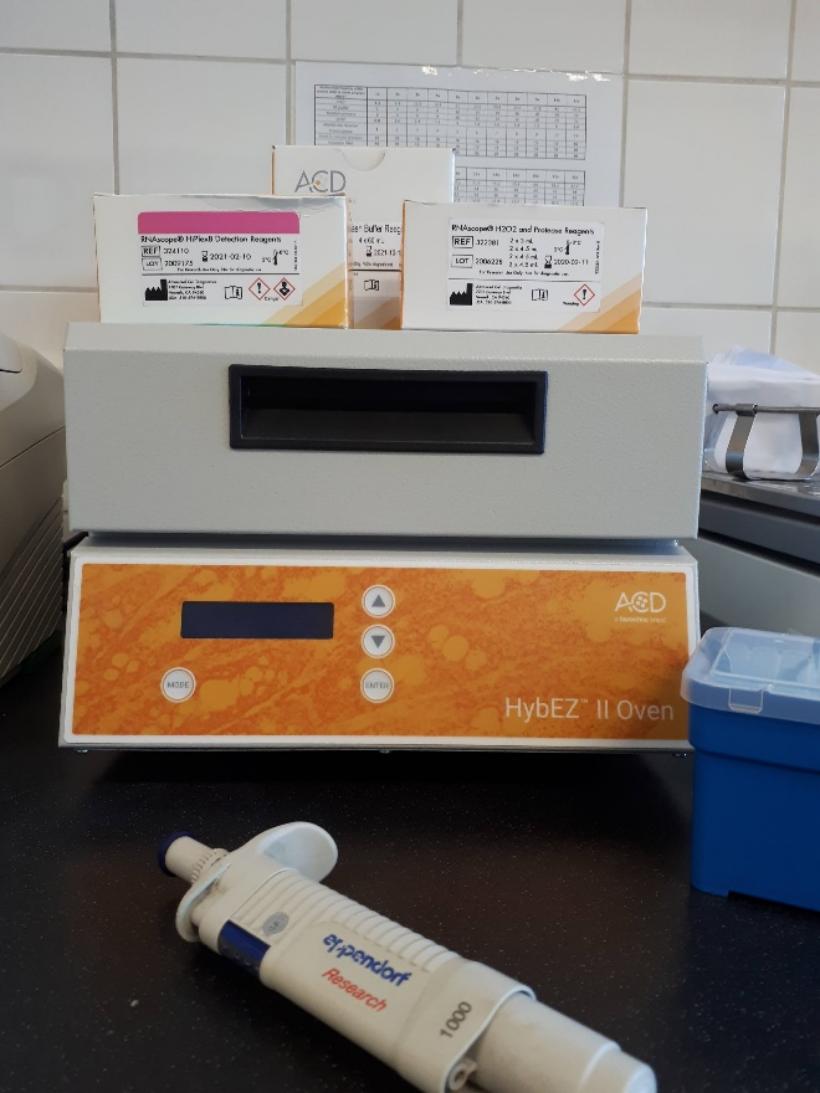

a special cytometer with 135 channels, antibodies are labeled with stable heavy metal isotopes. Currently 42 cell surface or intracellular markers can be studied. Complex bioinformatic analysis (Cytobank, Astrolabe, Maxper Pathsetter) is available.
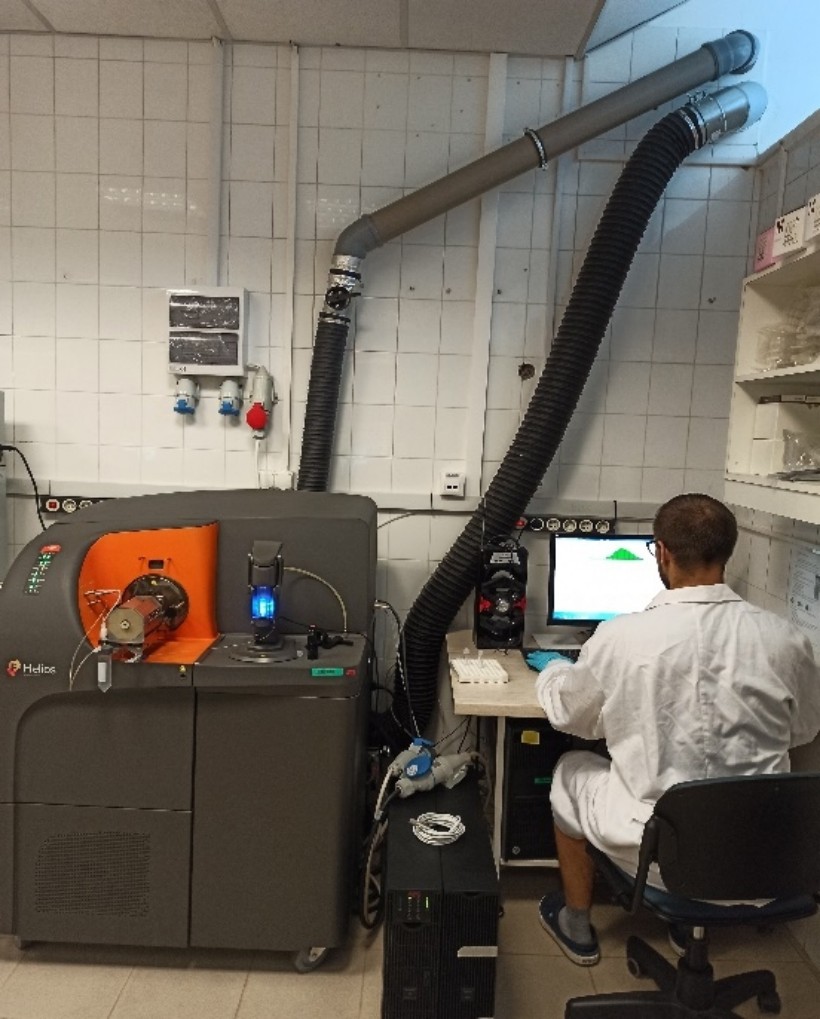
analyzer equipped with 4 lasers (405 nm, 488 nm, 561 nm, 638 nm) and 96-well plate microtiter plate adapter. Thirteen proteins, markers can be measured simultaneously, plus the SSC and FSC channels. The Kaluza and Cytexpert software are available for data analysis.
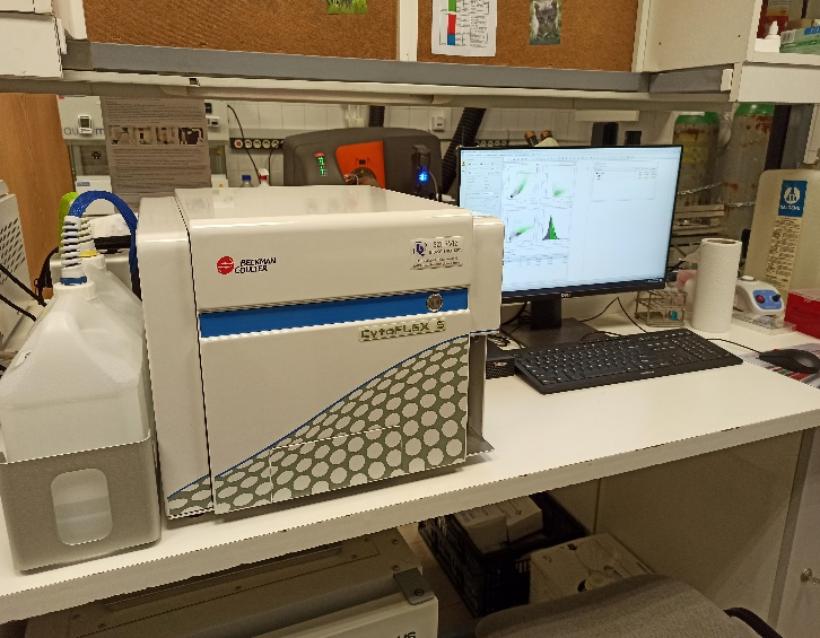
cell sorter equipped with 2 lasers (405 nm, 488 nm). Two-way single cell sorting is possible.
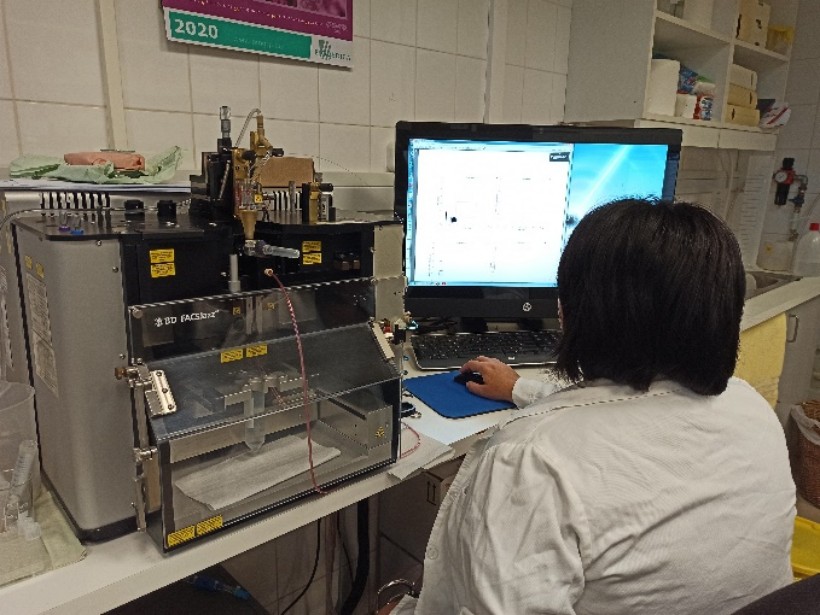
analyser equipped with 2 lasers (488 nm, 633 nm). The Cellquest and Modfit software is available for data analysis.
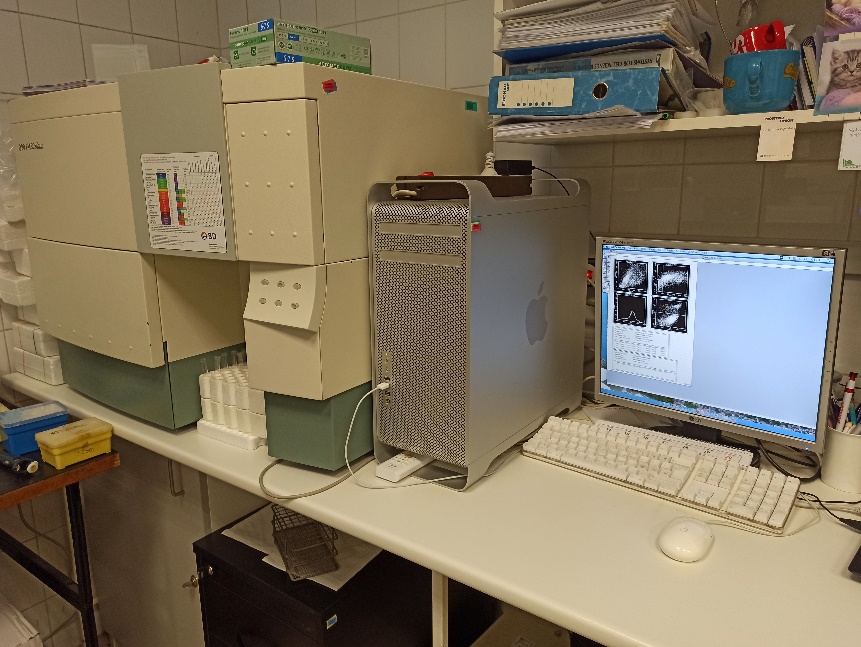
spectral sorter equipped with 4 lasers (405, 488, 561 and 633 nm). It has 48 channels and capable of 6-way sorting.
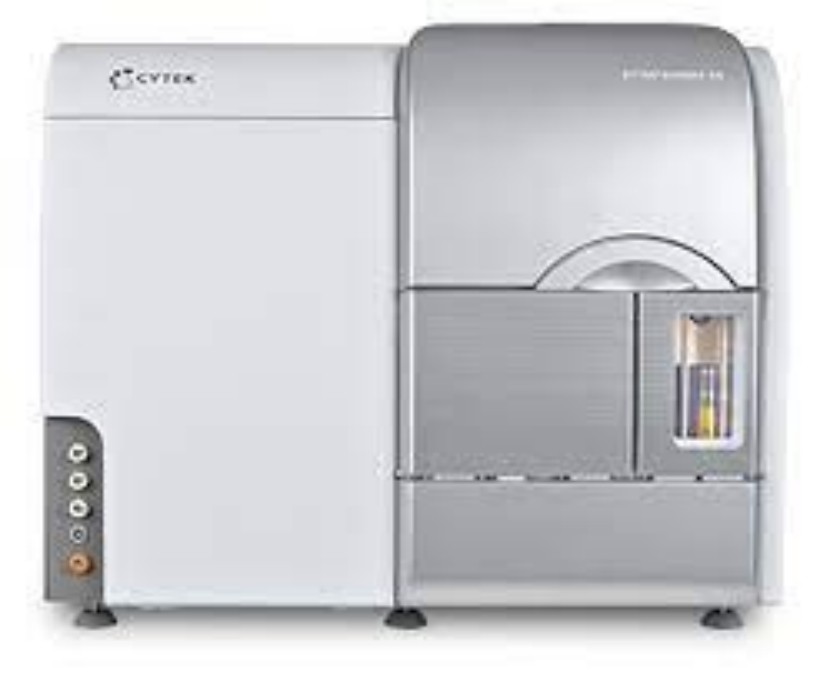
multiplex, magnetic bead based technology for quantitative analysis of proteins. Max. 50 proteins and 76 (Merck) or 80 (Thermo) samples can be measured in one assay. The Millipplex software is available for data analysis.
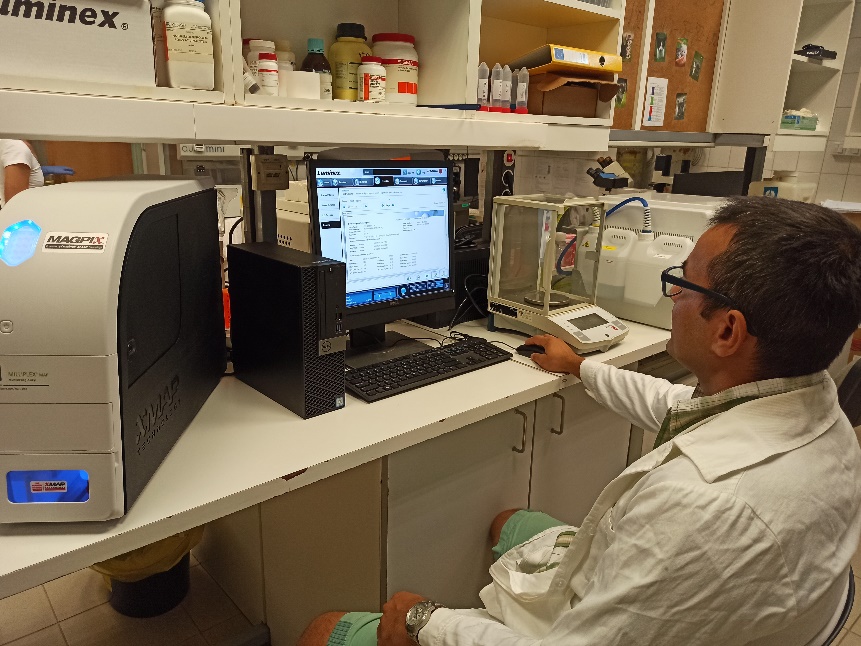

scientific adviser

senior research associate

senior research associate

research associate

research associate

research associate

research associate

junior research associate

junior research associate

junior research associate

administrator expert

laboratory assistant

laboratory assistant
 László, PUSKÁS
László, PUSKÁS
|
scientific adviser | publications | CV |
 Gábor János, SZEBENI
Gábor János, SZEBENI
|
senior research associate | publications | CV |
 Ágnes, ZVARA
Ágnes, ZVARA
|
senior research associate | publications | CV |
 József Ágoston, BALOG
József Ágoston, BALOG
|
research associate | publications | CV |
 Nóra Katalin, FARAGÓ
Nóra Katalin, FARAGÓ
|
research associate | publications | CV |
 Beáta, KARI
Beáta, KARI
|
research associate | publications | CV |
 Enikő, SZABÓ
Enikő, SZABÓ
|
research associate | publications | CV |
 Nikolett, GÉMES
Nikolett, GÉMES
|
junior research associate | publications | CV |
 Edit, KOTOGÁNY
Edit, KOTOGÁNY
|
junior research associate | publications | CV |
 Patrícia, NEUPERGER
Patrícia, NEUPERGER
|
junior research associate | publications | CV |
 Ármin Imre, DEÁK
Ármin Imre, DEÁK
|
administrator expert | ||
 Beáta, MANDÁKNÉ MILITÁR
Beáta, MANDÁKNÉ MILITÁR
|
laboratory assistant | ||
 Cynthia, SZABÓ
Cynthia, SZABÓ
|
laboratory assistant |